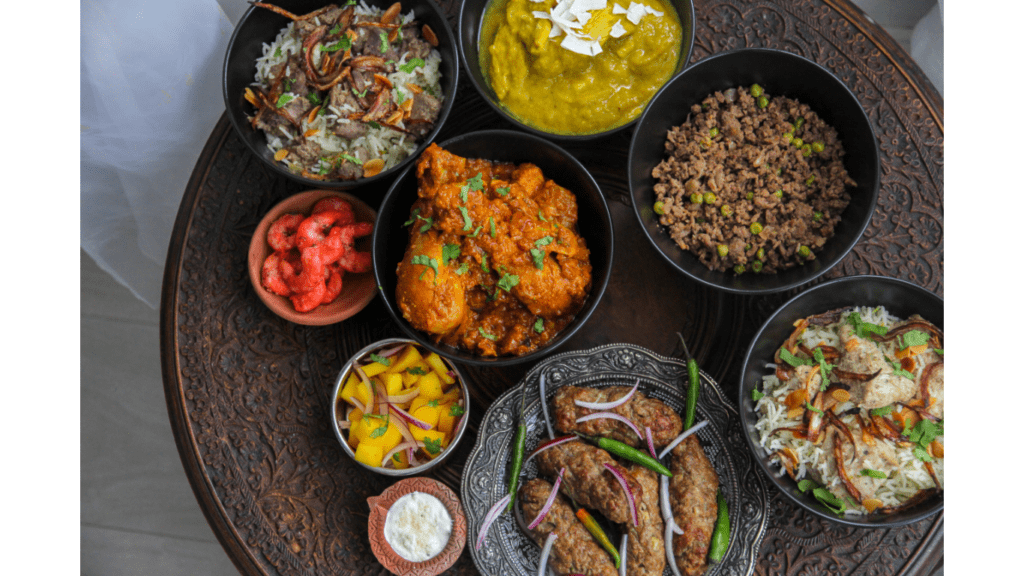Unveiling Fiji’s Culinary Landscape
The Fijian Palate: A Unique Fusion of Flavors
Exploring Fiji’s culinary landscape reveals a harmonious blend of flavors that reflect the diverse cultural influences present in the island nation. Fijian cuisine is a fusion of indigenous traditions, Indian spices, Chinese techniques, and Pacific Rim ingredients. Each dish tells a tale of the country’s history, with flavors that range from savory to sweet, with a touch of tropical freshness. The Fijian palate is a symphony of tastes such as:
- combining creamy coconut milk
- tangy tropical fruits
- aromatic herbs
- bold spices like turmeric
- cumin
- chili.
Traditional Ingredients in Fijian Cooking
Traditional Fijian cooking relies on an array of locally sourced ingredients that are essential to capturing the authentic flavors of the islands. Root vegetables such as taro, cassava, and yams form the base of many Fijian dishes, providing a hearty and earthy flavor profile. Coconut, a staple in Fijian cuisine, features prominently in dishes, adding richness and creaminess. Fresh seafood, including fish, prawns, and octopus, is abundant in Fijian waters and is a cornerstone of many traditional recipes. Additionally, tropical fruits like pineapple, mango, and papaya add a touch of sweetness to savory dishes, balancing out the flavors harmoniously.
Iconic Fijian Dishes Worth Trying
1. Kokoda: Fiji’s Answer to Ceviche.
Kokoda is a must-try Fijian dish that mirrors the essence of ceviche. Marinated in citrus juices like lime and mixed with fresh coconut cream, this dish features raw fish that is “cooked” by the acids in the juice. The vibrant flavors of coconut and a hint of chili create a refreshingly tangy taste that is perfect for tropical climates.
2. The Heartiness of Lovo: The Earth Oven Feast
Lovo, a traditional Fijian method of cooking, involves marinating meats like pork, fish, or chicken with herbs and spices before wrapping them in banana leaves and cooking them in an earth oven. This slow-cooking technique imparts a smoky flavor to the dishes, making them tender and flavorful. The communal aspect of preparing and sharing a lovo feast adds to the richness of this culinary experience.
3. Roots of Fiji: The Staple Cassava and Taro
Cassava and taro are staple root vegetables in Fijian cuisine, providing sustenance and depth to many dishes. Cassava, often fried or boiled, has a starchy texture and a slightly sweet taste, while taro, known for its versatility, can be boiled, mashed, or roasted. These hearty vegetables are essential components of Fijian meals, showcasing the rich agricultural heritage of the islands.
The Street Food Scene in Fiji

From Market Stalls to Beachside Grills
Exploring Fiji’s street food scene is a delightful journey through vibrant market stalls and cozy beachside grills. The fusion of indigenous Fijian flavors with influences from Indian and Chinese cuisines creates a unique culinary experience that captivates the taste buds.
The Savory and Sweet Bites to Look For
In Fiji, street food offers a delightful array of savory and sweet treats that showcase the diverse culinary heritage of the islands. From delectable curry puffs and spicy mixed vegetable bhajias to mouthwatering cassava cake and syrupy pineapple tarts, there’s something to satisfy every craving. Strolling along the streets of Fiji, you’ll encounter an enticing mix of aromas and flavors that reflect the rich tapestry of the nation’s cuisine.
Fijian Beverages: Refreshing and Aromatic
The Cultural Significance of Kava
Exploring Fiji’s beverage culture, I delve into the traditional drink, Kava. An integral part of Fijian social gatherings, Kava holds deep cultural importance. It’s not just a drink; it’s a symbol of respect, friendship, and unity among communities. Made from the root of the Kava plant, this earthy and mildly sedative beverage is prepared ceremonially and shared as a sign of goodwill. The ritual of drinking Kava, often accompanied by singing and storytelling, embodies the spirit of togetherness in Fijian traditions.
Where to Experience Authentic Fijian Cuisine
Fine Dining with a Fijian Twist
In Fiji, experiencing authentic Fijian cuisine with a touch of elegance can be found in upscale resorts and fine dining establishments. These venues blend traditional Fijian ingredients and cooking techniques with modern culinary trends, offering a unique gastronomic experience that showcases the rich flavors of the islands. One such renowned establishment is “Lali’s Restaurant,” known for its sophisticated take on classic Fijian dishes like Palusami and Rourou. The upscale ambiance, coupled with impeccable service, elevates the dining experience, making it a must-visit for those seeking a refined taste of Fijian gastronomy.
Homestyle Eats at Local Bures
For a more laid-back and homely culinary experience, exploring local bures (traditional Fijian houses) and small eateries is ideal. These hidden gems offer authentic homestyle Fijian dishes prepared with love and care, providing a glimpse into the heart of Fijian hospitality. At “Nani’s Bure,” nestled in a picturesque village setting, visitors can savor hearty meals like Taro in Coconut Milk and Duruka with Cassava. The warm and inviting atmosphere of these local eateries creates a sense of community and connection, allowing guests to indulge in Fijian comfort food while immersing themselves in the local culture.


